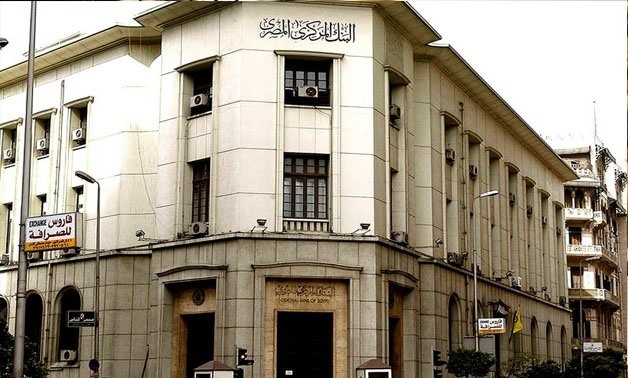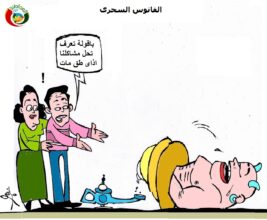Egypt’s foreign reserves dropped by $1.96 billion by the end of December 2018 to reach $42.551 billion, compared to $44.513 billion by the end of November 2018, according to the Central Bank of Egypt (CBE).
Deputy Governor of CBE for the Monetary Reserve and Markets Sector Ramy Abu al-Naga told Egypt Today that the decline of the reserves during December came due to obligations that were paid in the closing of 2018 year.
He added that the reasons behind the drop included the payment of the dues of treasury bills to investors abroad and the dues of debt and external obligations to ministries and government agencies.
Egypt spends an average of $5 billion monthly on imports with an annual total of more than $60 billion. The current average of foreign reserves covers about eight months of Egypt’s commodity imports, which is higher than the global average of about three months of commodity imports.
Foreign currencies in Egypt’s foreign reserves include the U.S. dollar, euro, Australian dollar, Japanese yen and Chinese yuan.
The main function of the foreign exchange reserve, including its gold and various international currencies, is to provide commodities, repay the installments on interest rates of external debt, and to cope with economic crises.
Egypt embarked on a bold economic reform program that included the introduction of taxes, such as the value-added tax (VAT), and cutting energy subsidies, with the aim of trimming the budget deficit.
The country floated its currency in November 2016 before it clinched a $12 billion loan from the International Monetary Fund (IMF).
In November when foreign reserves hit $44.5 billion, Minister of Finance Mohamed Ma’it commented that the stated figure covers the imports for 9 months, which is an unprecedented period.
Egypt Today















